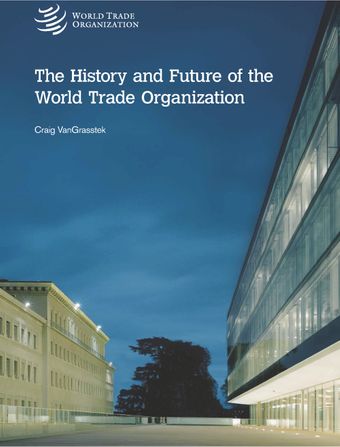Discrimination and preferences

- De :
- Source: The History and Future of the World Trade Organization , pp 463-499
- Publication Date: juillet 2013
- DOI: https://doi.org/10.30875/53a8d9db-en
- Langue : Anglais
Two constants mark the theory and practice of discrimination in trade relations. The first is that it has always been controversial among economists, many of whom share the misgivings that Adam Smith (1776: 460) expressed when he compared preferential trading arrangements to “[t]he sneaking arts of underling tradesmen” who “make it a rule to employ chiefly their own customers.” In an anticipation of the argument that these arrangements are a second-best alternative to the first-best option of non-discriminatory liberalization, he declared “a great trader purchases his goods always where they are cheapest and best, without regard to any little interest of this kind.” Viner (1950: 44) elaborated upon that argument when he distinguished between the trade-diverting and trade-creating effects of customs unions, each of which originated in a discriminatory agreement’s twin effects of “shift[ing] sources of supply … either to lower- or higher-cost sources.”
-
From This Site
/content/books/9789287042347s011-c009dcterms_subject,pub_countryId-contentType:WorkingPaperSeries -contentType:Periodical -contentType:BookSeries -contentType:ReportSeries105


